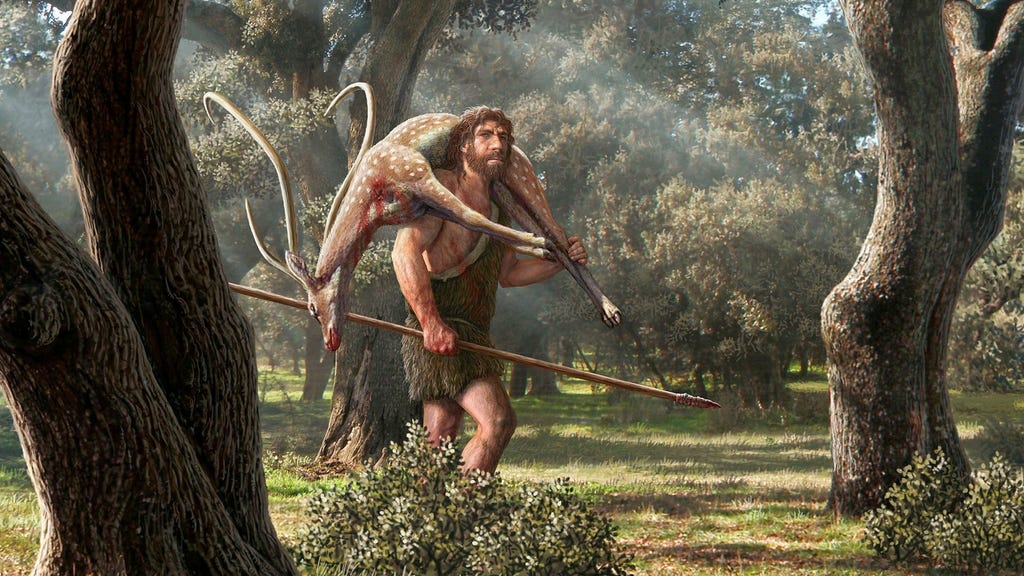The author reflects on their 2015 book, ”My European Family – The Last 54,000 Years,” which explored the then-latest DNA findings on European population history, particularly the encounter between early modern humans and Neanderthals. The initial estimate of 54,000 years ago for this interbreeding event has now been revised to 47,000 years ago, thanks to advancements in scientific understanding. This highlights the dynamic nature of scientific knowledge, constantly evolving with new discoveries. The author emphasizes the significance of this correction, acknowledging that the book’s title would have been different with the updated information.
Two recent studies, published in Nature and Science respectively, provided the revised timeline. Both employed different methodologies but arrived at the same conclusion: the Neanderthal DNA present in modern humans originated approximately 47,000 years ago, give or take 2,000 years. The Nature study analyzed DNA from some of the oldest Europeans ever sequenced – individuals from the Ilsenhöhle cave in Germany and Zlaty Kun in the Czech Republic, who lived around 45,000 years ago. These individuals possessed the same Neanderthal ancestry as present-day humans. Calculating backward using a generation time of 29 years, researchers pinpoint the interbreeding event to approximately 47,000 years ago.
The Science study, while using a different approach, corroborated this finding. This pinpointing of the interbreeding period to 47,000 years ago, likely in Western Asia, clarifies the timeline of modern human migration out of Africa and subsequent spread across the globe. While previous migrations may have occurred, these were ultimately unsuccessful. The group that interbred with Neanderthals in Western Asia, however, successfully populated the world.
The seemingly minor adjustment of a few thousand years is crucial for understanding human prehistory. It provides clarity on the timing of the successful ”Out of Africa” migration, the pivotal event that led to the global dispersal of modern humans. This emphasizes the importance of precision in dating these events to construct a more accurate narrative of human evolution. The revised date also sheds light on the timing and context of the interbreeding event, a key factor in understanding the genetic legacy of Neanderthals within modern human populations.
The interbreeding with Neanderthals has left a lasting impact on the genetic makeup of modern humans, with some Neanderthal genes proving beneficial while others were detrimental. Research has identified both advantageous genes, such as those related to immune response, and disadvantageous ones, affecting brain function and mental abilities, which were eventually eliminated through natural selection. This genetic exchange shaped the trajectory of human evolution, influencing our adaptation and susceptibility to various conditions. The discovery of the refined timeline provides further context for understanding this complex genetic interplay.
The author concludes by highlighting the importance of integrating new scientific findings to refine our understanding of human history. The revised dating of the Neanderthal-human interbreeding event provides a sharper focus on the timeline of human migration and its impact on our genetic heritage. Further research continues to explore the specific implications of this genetic exchange, shedding light on the complex relationship between Neanderthals and modern humans and how this interaction shaped our species.
The ongoing scientific investigation into the legacy of Neanderthal DNA in modern humans provides crucial insights into our evolutionary journey. Studies exploring both the beneficial and detrimental effects of this genetic inheritance deepen our understanding of human adaptation, disease susceptibility, and the intricate interplay of genes in shaping our species. The revised dating of the interbreeding event strengthens the foundation for further exploration of these genetic influences and their role in human development.














